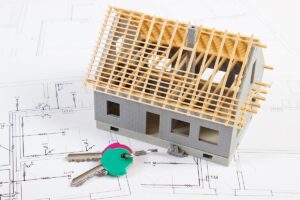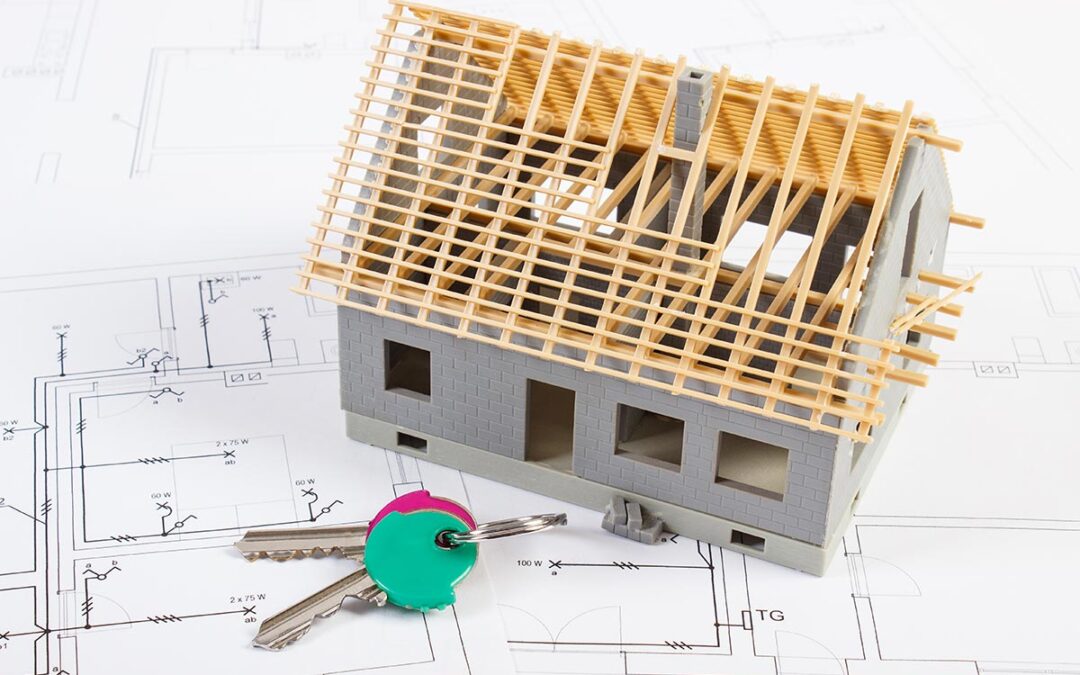A granny flat is a secondary self-contained dwelling established on the same parcel of residential land as a principal dwelling. The granny flat may be a conversion forming part of the main residence, an extension of the existing dwelling or be free standing. Granny flats range in size, features and amenities.
With an aging population and housing shortages on the rise, building or creating a granny flat can offer a cost-effective solution to accommodate family members or an investment opportunity utilising your existing land to generate income.
This article discusses important matters when planning a granny flat.
Building a granny flat as an investment
To increase housing affordability and address accommodation shortfalls, legislation in various jurisdictions permits the construction of a secondary dwelling (granny flat) on residential land for investment purposes.
Homeowners in New South Wales, Tasmania, Australian Capital Territory, Northern Territory and Western Australia may use a secondary dwelling to earn rent. These arrangements are currently not permitted in Victoria, South Australia and Queensland which only allow granny flats to be used to house dependants of the homeowner. In these states, the addition of a secondary dwelling however may add value as extra space for use as a home office or guest area.
Approval processes
When planning a granny flat, it is important to follow the approval process applicable in your local Government area.

Councils have varying requirements for building a granny flat and many have streamlined processes for ‘complying’ developments that meet specific development standards.
Generally, a granny flat may only be built on residential-zoned land and only one flat is permitted on a single parcel. Specific size requirements apply and the granny flat must have its own entrance.
You will need to provide Council with a survey plan, architectural and engineering drawings and any other relevant certification.
Many builders specialise in granny flats, are familiar with the regulations and can assist with the entire process.
Creating a granny flat interest
Many families arrange for their relatives (usually a parent or parents of a child) to rent or reside in a granny flat. This is ideal in circumstances where an elderly or frail parent wishes to downsize and stay close to family who can provide ongoing care and support.
Often the parent transfers property or money to their child in exchange for a lifetime right to reside in the granny flat.
This is known as a ‘granny flat interest’ and is an important legal concept in terms of social security legislation. The interest is recognised by the Department of Human Services when using the assets test to determine the pension paid and any entitlement to rental assistance.
Under the ‘granny flat provisions’ the occupant / parent may sell or transfer property and avoid or minimise the circumstances under which disposal of the asset to the child would be considered a gift and thus impact upon Centrelink entitlements.
A granny flat interest arises when:
- the proposed occupant of the granny flat transfers title, assets or money to the homeowner in exchange for the right to enjoy and live in the granny flat for life;
- the granny flat co-exists with a main dwelling on one parcel of land that is a private residence;
- the occupant does not have legal title to the land and accordingly does not ‘own’ the granny flat;
- the interest exists only during the occupant’s lifetime and therefore does not form part of his or her estate;
- the granny flat is the occupant’s principal home and the occupant has exclusive occupancy of the flat.
Every situation is different and the arrangements can vary greatly from family to family.
Documenting your arrangements
A granny flat agreement is used to document the parties’ negotiations and set out their respective rights and obligations.
The agreement should cover responsibilities for cooking and cleaning and for contributions towards insurance, rates, electricity and water usage. It should also set out what happens if there are changes in circumstances such as the need for the homeowners to sell, the need for the occupant to move to an aged-care facility, separation or divorce of the homeowners, financial hardship or health issues.
As the arrangements are likely to have financial, taxation and estate planning implications, each party should obtain independent legal and financial advice before finalising the agreement.
A granny flat arrangement can also impact significantly on the potential value of the occupant’s estate, particularly if he or she has disposed of funds in exchange for the life interest. Consequently, a Will may need to be updated to reflect this and, if desired, to ensure a fair distribution to beneficiaries.
Conclusion
Granny flats can be an excellent means of accommodating and supporting family members or generating income using your existing land.
If you are considering building a granny flat or creating a granny flat interest it is important for those involved to obtain advice on the legal, financial and estate planning implications.
If you would like to utilise your land to build a granny flat for investment purposes you will need to obtain information on the relevant regulations, processes and permitted uses within your area.
[ls_content_block id=”1897″]

